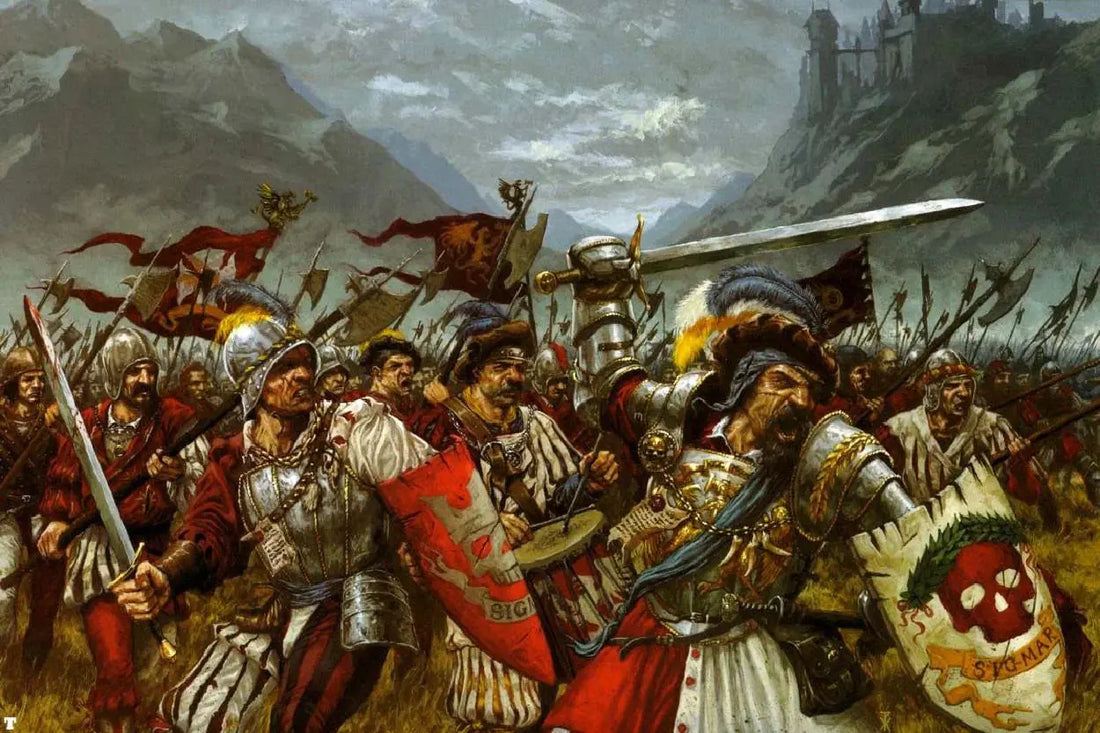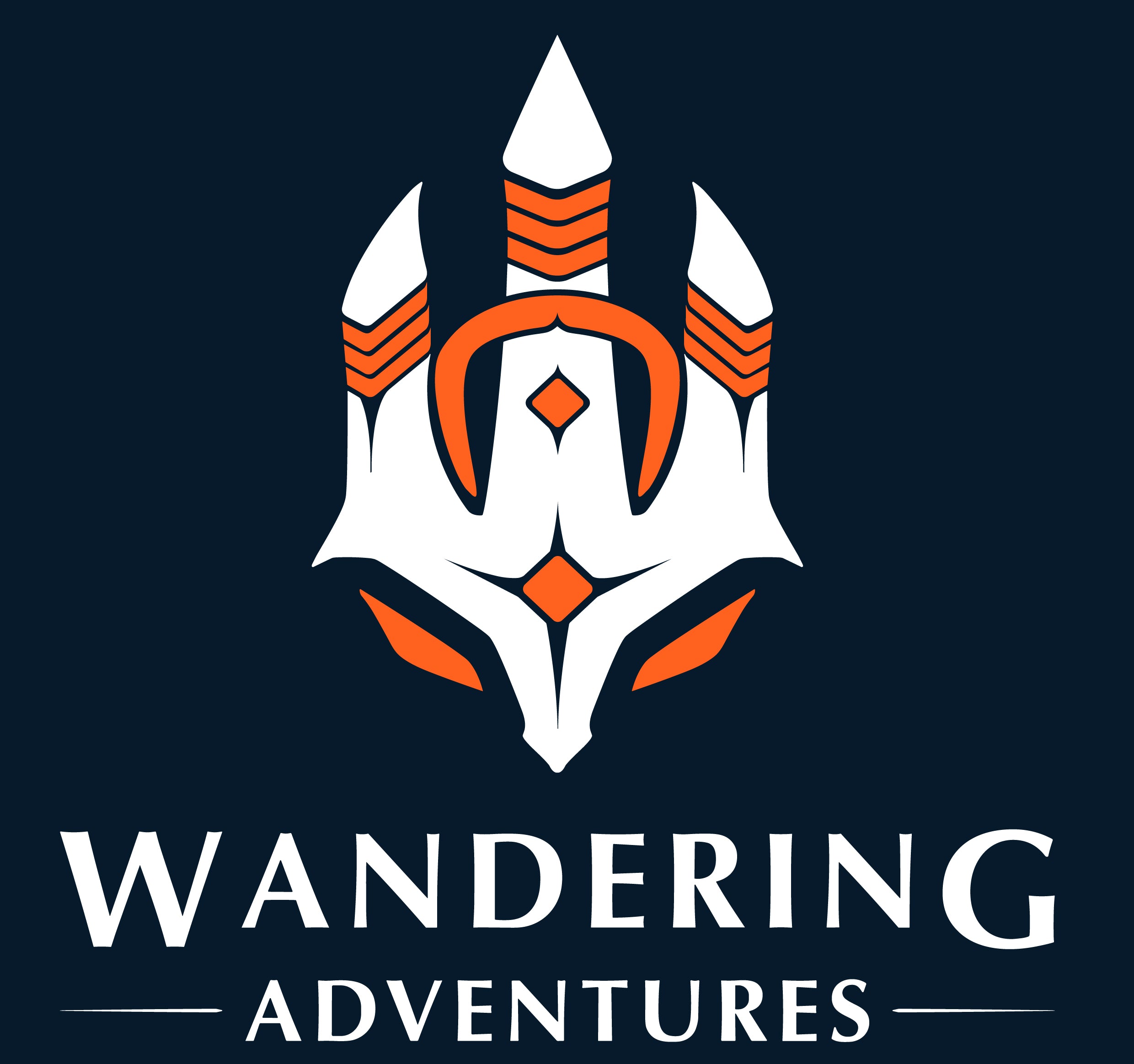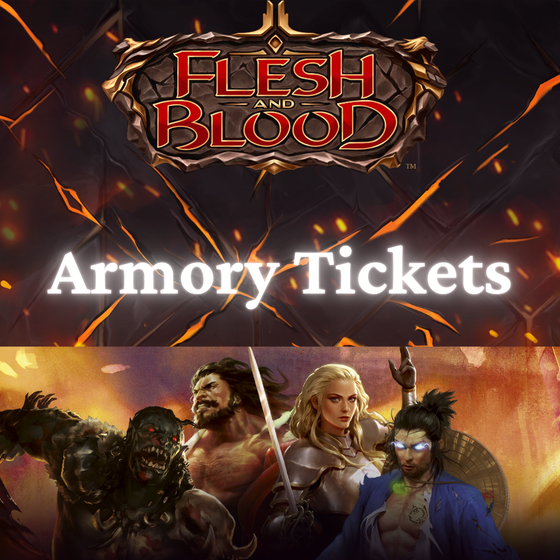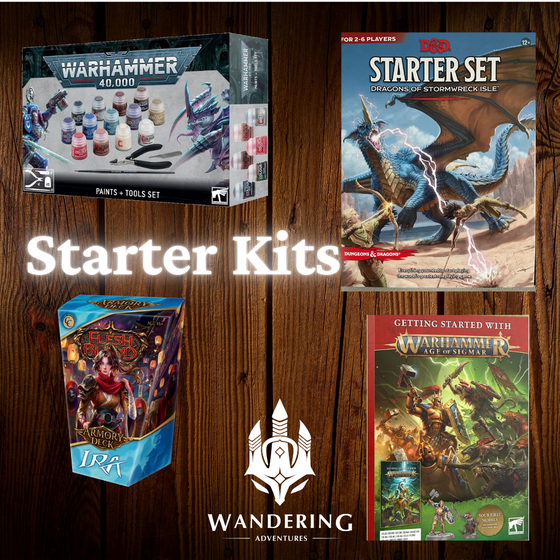Let's Revisit Warhammer Fantasy

Warhammer Fantasy was a tabletop miniature wargame created by Games Workshop. It was first released in 1983 and continued to be a popular game until 2015 when Games Workshop officially ended with The End Times. Soon after they launched Age Of Sigmar, which, while it was meant to scratch the Fantasy itch, it isn't quite the same. Let's take a look at Warhammer Fantasy and what made it so unique.
Warhammer Fantasy was set in a dark and gritty fantasy world filled with various races and factions. The setting included humans, elves, dwarfs, orcs, undead, chaos-worshipping warriors, and many other fantastical creatures. The world was plagued by war, political intrigue, and the ever-present threat of Chaos. It a wide range of armies, each with its unique characteristics and playstyles. Some of the major factions included the Empire (representing humans), Bretonnia (medieval-inspired knights), High Elves, Dark Elves, Wood Elves, Dwarfs, Orcs and Goblins, Chaos Warriors, Skaven (rat-like creatures), and more.

Some of it's more unique gameplay quirks are as follows:
Movement and Positioning: The game placed a strong emphasis on movement and positioning. Terrain, such as forests, hills, and buildings, played a crucial role in battles. Units had specific movement values and facing directions, and players needed to strategically maneuver their armies to gain advantages in combat.
Unit Formations: Units in Warhammer Fantasy were organized into specific formations, each with its own benefits and drawbacks. For example, infantry units could form a line, column, or square, affecting their ability to attack, defend, and maneuver.
Charge Mechanics: Charging was a critical aspect of the game. Units could gain significant bonuses when charging into combat, but the charging distance, terrain, and the alignment of the units were all factors that influenced the outcome. A well-executed charge could break the enemy lines, while a poorly executed one might leave the charging unit vulnerable.

Magic System: Magic played a prominent role in Warhammer Fantasy Battles. Each army could include wizards, who could cast spells drawn from various lores of magic. The Winds of Magic, a dynamic resource pool, determined the availability and strength of magical spells during a battle. Magic added an extra layer of strategy and unpredictability to the game.
Warhammer Fantasy Terrain: The game often incorporated complex and thematic terrain pieces. Terrain features like forests, rivers, buildings, and hills influenced movement, line of sight, and cover mechanics. Players had to consider the tactical implications of the battlefield and adapt their strategies accordingly.
Leadership and Morale: Units in Warhammer Fantasy had a Leadership stat, representing their morale and discipline. Failed Leadership tests could lead to units fleeing the battlefield or even turning against their own side. The psychology of units, including fear and terror mechanics, added depth to the game.
Army Composition and Special Rules: Each army had its own unique units, characters, and special rules. For example, Dwarfs had a strong resistance to magic, while Skaven armies were known for their large numbers and unpredictable Warpstone-powered devices. These army-specific traits added flavor and diversity to the game.
Randomized Elements: Warhammer Fantasy incorporated a degree of randomness, including the use of dice for resolving various actions. This added an element of unpredictability to the game, making battles dynamic and exciting.

I think, lore-wise, was set Fantasy apart from AoS is Chaos was a pervasive and malevolent force in the Warhammer Fantasy world. The Chaos Gods, including Khorne (god of blood and war), Nurgle (god of decay and pestilence), Tzeentch (god of change and magic), and Slaanesh (god of excess and pleasure), sought to corrupt and destroy everything. The Chaos Wastes in the north were a breeding ground for Chaos corruption, spawning hordes of Chaos Warriors and daemons. Chaos was an ever-present threat. While societies were trying to build, grow, and evolve, the looming fact that Chaos could any time strike and wipe everything out kept that very Grimdark feeling. As a fan you always felt that no matter what battle you fought, you were never really winning which was very unique.

And of course, The End Times happened. The Warhammer Fantasy setting concluded with a series of apocalyptic events known as the End Times. These events included the rise of Archaon the Everchosen, a Chaos invasion that led to the fall of major cities, and the literal destruction of the world.
With Warhammer: The Old World on the horizon, are you excited to dive back into this lore and gameplay?

Wandering Adventures
www.wanderingadventures.ca
info@wanderingadventures.net



